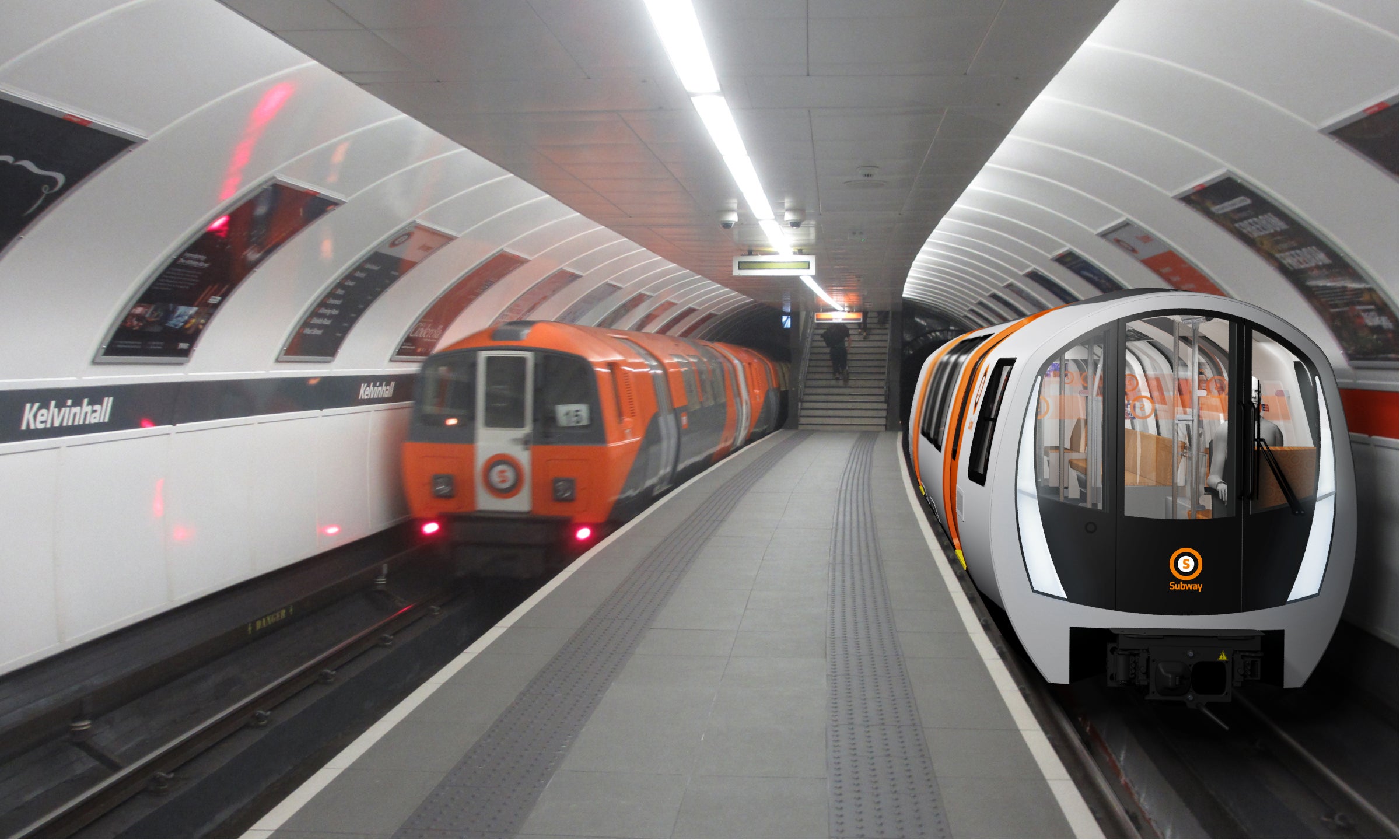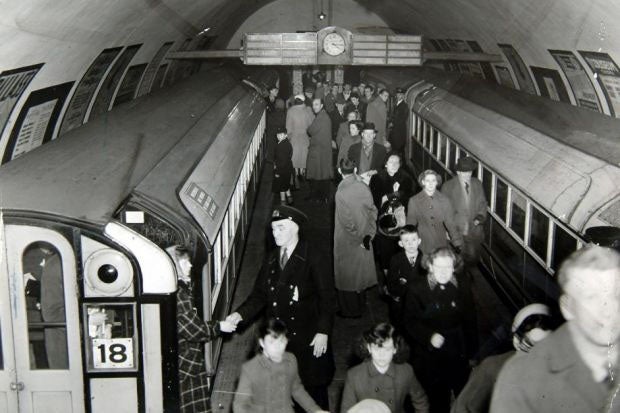
The world’s third-oldest underground passenger railway, the Glasgow Subway in Scotland, has begun passenger services with its new rolling stock from Stadler.
Opened in 1897, the Glasgow Subway has a unique shape and size, which significantly limits space both in stations and on the trains. The new rolling stock is therefore the same external dimensions as the trains it replaces.

Discover B2B Marketing That Performs
Combine business intelligence and editorial excellence to reach engaged professionals across 36 leading media platforms.
The trains were custom made, as off-the-shelf options would simply not fit in Glasgow’s tunnels. But the formation of the trains was an area where Stadler had more freedom, and so the new trains are four-car sets instead of three and are walk-through carriages to improve access and passenger comfort.
Strathclyde Partnership for Transport project director Mark Toner said the 47-year-old stock to be replaced had served the network longer than expected, but would remain in mixed service with the new stock at least in 2024.
“Our old fleet has performed beyond its expected lifespan and it has become more and more challenging to maintain them and find parts for them as the years have gone on.

US Tariffs are shifting - will you react or anticipate?
Don’t let policy changes catch you off guard. Stay proactive with real-time data and expert analysis.
By GlobalData“This new fleet will take time to grow towards its full capability and reliability levels but now that the first two trains have been introduced, passengers will have the opportunity to see them intermittently and experience for themselves as they run alongside our existing fleet over the coming months. More new trains will be also introduced during 2024,” he said.

The modern fleet is only part of a wider modernisation plan for the circular Glasgow subway system. The next steps include a renewed signalling system, an operational control centre, and half-length platform screen doors (PSD) to improve passenger safety.
The control centre and PSDs will facilitate the running of driverless trains on the system, but Toner said that was unlikely to be a fast process.
“We are still some way off seeing platform screen doors added to all stations which will be the next big thing for passengers before we have the option of moving to driverless trains,” he explained.



